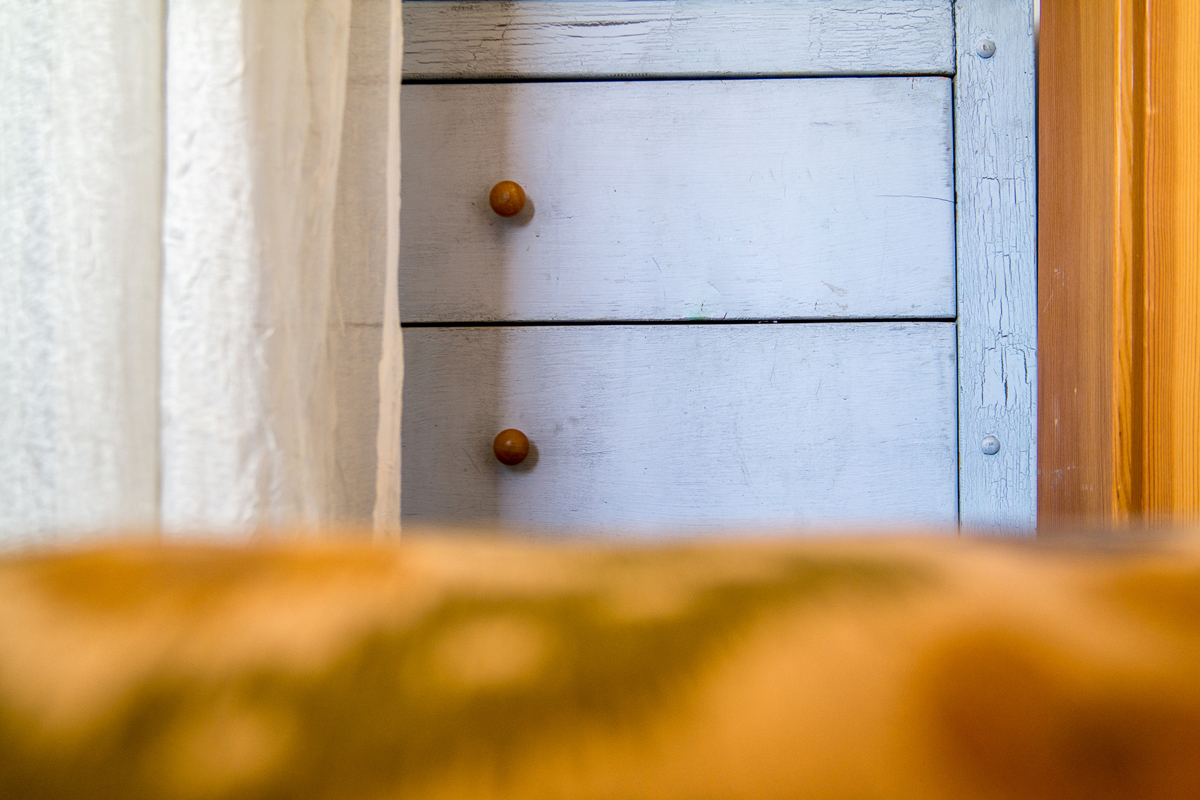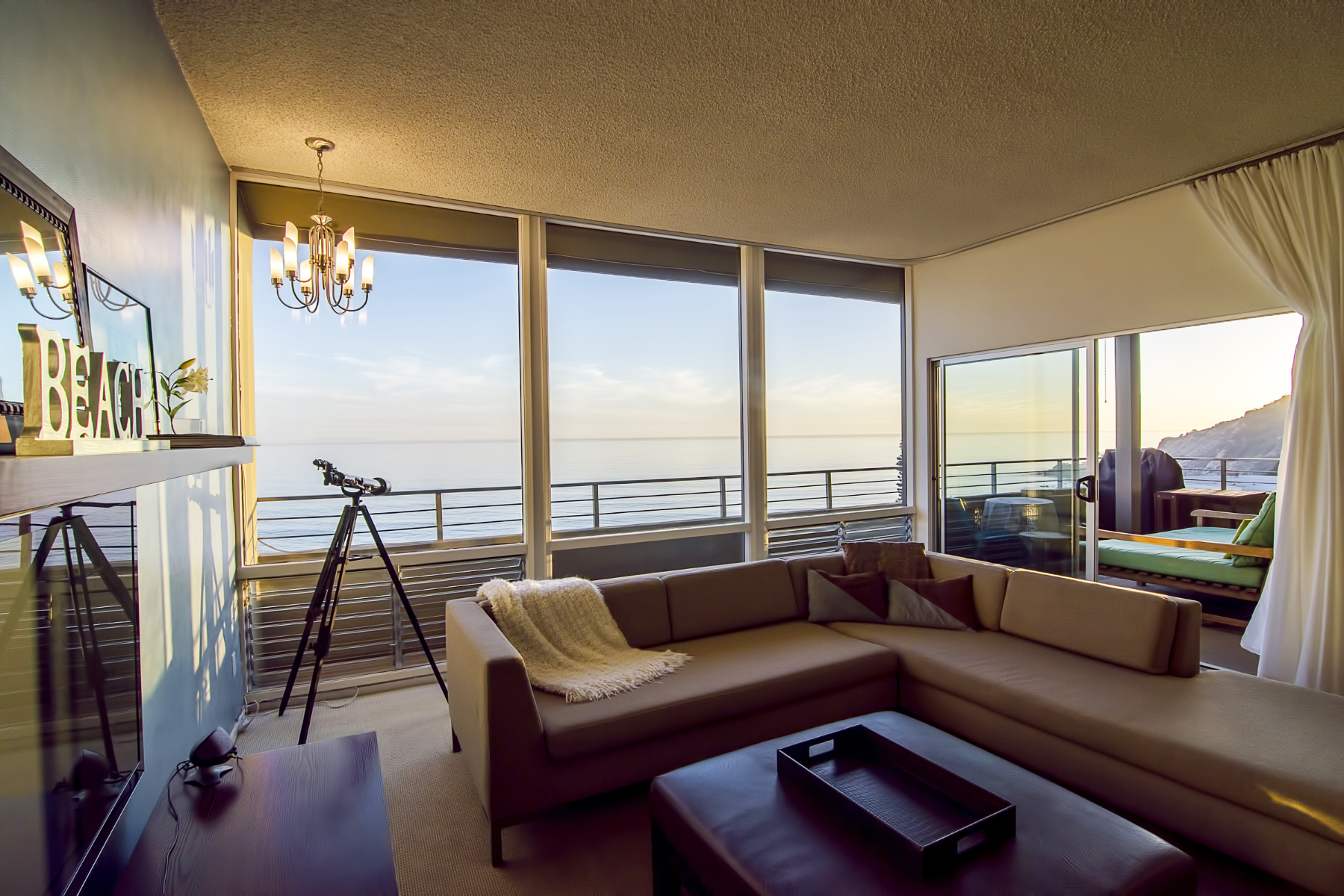If you read this blog regularly, you’ll know that one of my primary sources of income is photographing real estate and properties for various clients ranging from Airbnb to real estate companies and management companies. After doing this for the past 3 years, I’ve managed to pick up a few tips and pointers along the way that have made my job a LOT easier. Here are 7 of them:
1. Do A Walk-Through - Walk through the space before you begin. Have the host or the agent give you a quick tour so that your mind can begin to work out any issues that might arise ahead of time. Plus, sometimes they’ll have some ideas of what could make for special shots and features of the space that they’d like to highlight. What ends up happening is you find yourself subconsciously thinking of solutions as you shoot other parts of the house, so by the time you get to the problem or feature areas, you’ll have a few ideas up your sleeve.
2. Lights! Turn on every light you have available to you. It helps make the space look inviting and comfortable and homey instead of dry and sterile. The exception is if all the lights are fluorescent. If that’s the case, try to switch out the lights if you can for something warmer or perhaps use a piece of CTO gel (Color Temperature Orange) to wrap the bulbs in while you take the shots for those rooms. Warmer tones are more inviting. To avoid a lot of glare and light leak in rooms with lots of light, underexpose your shot by a stop or so and pull out the shadows and darker areas in post, or for more advanced techniques using multiple exposures, check out my post on Exposing For Interiors And Exteriors.
3. Lines. It’s all about the lines. Always be on the lookout for leading lines - the armrest of a couch leading into the fireplace, the line of barstools leading into the brick oven, a row of spice jars leading to the fridge, a shelf full of trophies leading towards the bed. Not only do they make for a more pleasing image, but they help make the viewer feel a sense of harmony to the space.
4. Clutter Sucks. The less clutter the better. sometimes you can try to shoot around clutter, but it’s often much more effective to actually spend some time moving it out of the way. Yeah, it can be more work on set, but it will save you hours of frustration and clone tool mishaps in post-processing. This is especially evident in tight spaces like bathrooms, where even a toothbrush holder and hair dryer can ruin the aesthetics of a shot.
5. Close Windows & Doors. Close the windows in all the rooms. The last thing you want is to go back to the studio or home to process the images and realize that there are obstructing window frame lines that end up super distracting and time consuming to fix in post-processing. They take focus away from the window and the scene or light outside. Regarding doors, when they're wide open, they tend to distract from the room you're trying to showcase. Often it's aesthetically more pleasing when the doors are either closed all the way, or only left about 1/4 open, which can help show the flow of a room, especially if some warm light is leaking in from that crack in the door. That's always swell.
6. Deflect Reflections. When shooting in rooms with mirrors or reflective surfaces, like shower doors in a bathroom, and keeping yourself and your gear out of the shot is unavoidable, try to use the timer on your camera or a remote shutter release to fire the exposure(s). That’ll give you much less mass to have to clone out or clean up in post. It's a LOT easier to just remove a camera and tripod than a camera, a tripod, and a human body...TRUST ME! Additionally, try to position the camera in a way to minimize any surrounding furniture or elements, so that when you do have to clean up your, or your equipments, reflections in post, you’ll have less that you’ll need to work around.
7. Mix It Up. Use a mixture of wide-angle and telephoto focal lengths. While wide angle lenses, from 11-24mm, show much more of the space and are pleasing to the eye, they can be a bit distorting, and this is where vignettes and tighter focal lengths come into play. That way you get the wide establishing shot, and you can have a focus on some unique details of that space using tighter lengths such as a 35mm, a 50mm, or even an 80mm. These are the shots that help a viewer more intimately connect to the space. Plus, if you’re ever intending on shooting for larger publications such as Architectural Digest or Dwell, if you notice, very few, if any, of their images are shot using wide-angle lenses.
Also, I have an extensive post about Exposing For Interiors And Exteriors In Architecture Or Real Estate Photography that you might want to read. It’s a very detailed step-by-step guide to achieve proper exposures for both what’s inside the window and out, especially useful for rooms with great views or backdrops.
I hope these tips help you get that ‘money’ shot every agent seeks. For them, that shot is the one that will bring potential buyers to the property. For you, that shot is the guaranteed call-back.
And if you’re in need of real estate photography services, whether commercial or residential, please feel free to contact me or check out my Property Photography website.
For more of my madness: Instagram: @wasimofnazareth Twitter: @wasimofnazareth Google+: www.Google.com/+WasimMuklashy Facebook: www.Facebook.com/WasimOfNazareth









